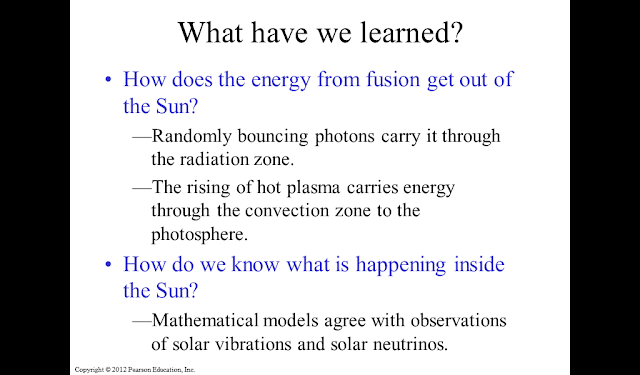- Have we ever witnessed a major impact?
a) The most recent major impact happened in 1994, when fragments of comet SL9 hit Jupiter
b) No
c) Sixty five millions years ago a meteorite killed the dinosaurs
d) A huge impact caused the Moon to form
2. Why are Jupiter's Galilean moons geologically active?
a) They have continental drift
b) Tidal heating drives activity, leading to Io's volcanoes and ice geology on other moons
c) The cores of these moons are highly radioactive
d) Meteorites produce volcanoes
3. What geological processes shape Earth's surface?
a) Only water flow
b) Only the wind
c) Impact cratering, volcanism, tectonics, and erosion
d) Only impacts
4. What theory best explains the features of our solar system?
a) The evolution theory of Charles Darwin
b) The Bohr model
c) The nebular theory, which holds that our solar system formed from a cloud of planets, and a star
d) The nebular theory, which holds that our solar system formed from a cloud of interstellar gas, explains the general features of our solar system
5. Where did asteroids and comets come from?
a) They are leftover planetesimals, according to the nebular theory
b) They are extinct planets
c) They are extinct stars
d) They are remnants of a Black Hole
6. What is matter?
a) Made mainly of neutrinos
b) Ordinary matter is made of atoms, which are made of protons, neutrons, and electrons
c) Made of tachyons
d) Made of axions
7. What are the three basic types of spectra?
a) Convection, conduction, and radiation
b) Red, green, and blue
c) Continuous spectrum, emission line spectrum, and absorption line spectrum
d) Hydrogen, Helium, and Lithium
8. What keeps a planet rotating and orbiting the Sun?
a) The mass of the Sun
b) The mass of the planet
c) The law of inertia
d) Conservation of angular momentum
9. Write down Newton's formula for the force of gravity.
b)

c)

d)

10. How did astronomical observations benefit ancient societies?
a) Allow them to predict war winners
b) Keeping track of time and seasons; navigation
c) Allow them to know the future names of kings
d) That way they knew the numbers of the winning lottery tickets






































